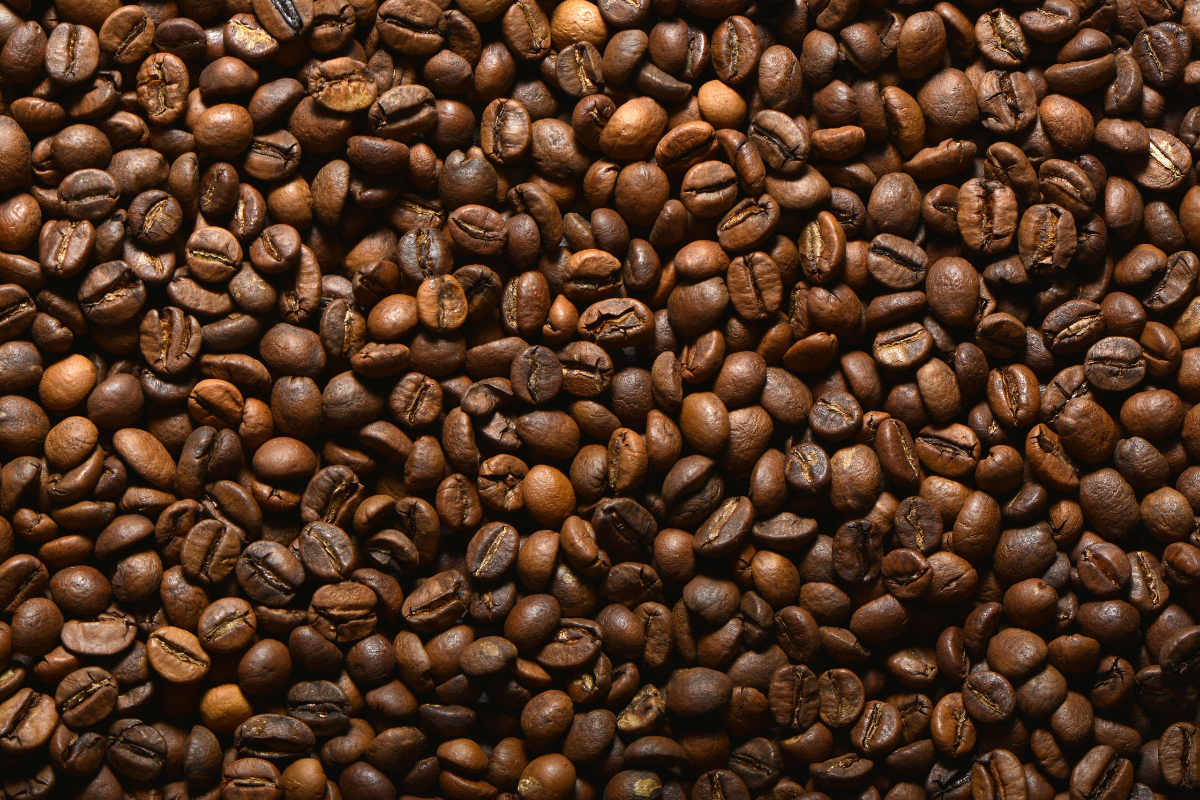The World of Arabica: A Flavorful Journey
If you love coffee, chances are you’re drinking Arabica. It’s the dominant species in specialty coffee, celebrated for its complex aromas and diverse flavors. But “Arabica” isn’t just one thing. It’s a vast family, with countless varieties, each offering a unique experience.
Think of coffee varieties like grape varietals in wine. Each brings its own distinct characteristics influenced by genetics, environment, and processing. Let’s peel back the layers and discover some of the most captivating Arabica varieties that shape your daily cup.
The Pillars: Classic Arabica Varieties
Some Arabica varieties are the bedrock of the coffee world. They’ve been cultivated for centuries and form the genetic lineage for many modern hybrids. Understanding these gives you a foundation for appreciating coffee complexity.
Typica: The Original Ancestor
Typica is one of the oldest and most fundamental Arabica varieties. Tracing its lineage back to the coffee plants first brought from Ethiopia, it’s a genetic powerhouse. While lower yielding, Typica is renowned for producing a clean cup with delicate sweetness and clear acidity.
You’ll often find Typica growing in Central and South America. Its classic profile includes notes of sweet citrus and floral undertones. It’s a beautifully balanced coffee that truly showcases its origin.
Bourbon: Sweetness and Body
Another foundational variety, Bourbon, originated on the island of Réunion (formerly Île Bourbon). It’s known for its excellent cup quality, often exhibiting a pronounced sweetness, fuller body, and bright acidity. Bourbon’s genetic offshoots are numerous.
Look for Bourbon from Rwanda, Burundi, or some parts of Latin America. Its flavor profile frequently features notes of chocolate, caramel, and red fruit. It’s a crowd-pleaser that offers both richness and vibrancy.
The Rising Stars: Specialty Arabica Varieties
Beyond the classics, there’s a new wave of highly prized Arabica varieties. These often present dramatic, distinctive flavor profiles that push the boundaries of what coffee can taste like.
Geisha (Gesha): The Elusive Jewel
No conversation about unique Arabica varieties is complete without Geisha (or Gesha). This variety exploded onto the specialty coffee scene, especially from Panama, captivating palates with its extraordinary aromatics. It’s often considered the pinnacle of coffee quality by many.
Geisha is celebrated for its incredibly fragrant, ethereal profile. Expect notes of jasmine, bergamot, peach, and tropical fruits. Its delicate body and bright, sparkling acidity make it a truly unforgettable experience. It’s prized for its unique genetic makeup and often commands premium prices.
Pacamara: Big Beans, Big Flavor
Pacamara is a hybrid variety, a cross between Pacas and Maragogipe. It’s known for its unusually large beans, which are often a tell-tale sign. This variety delivers a bold cup with a distinctive range of flavors.
You’ll commonly find Pacamara from El Salvador. Its cup profile can be quite diverse but often includes notes of brown sugar, dark chocolate, and savory herbal qualities, alongside a rich body and bright acidity. It offers a powerful and satisfying experience.
SL Varieties: Kenyan Excellence
The SL varieties, particularly SL-28 and SL-34, are iconic to Kenyan coffee. Developed in the 1930s by Scott Agricultural Laboratories, these varieties were bred for drought resistance and high yield. However, they also possess exceptional flavor characteristics.
Kenyan SLs are famed for their intense sweetness, complex fruit notes (often blackcurrant, tomato, or grapefruit), and vibrant, wine-like acidity. They offer a lively and nuanced cup that’s instantly recognizable.
The Impact of Variety: Why It Matters
Understanding these varieties deepens your appreciation for coffee. Each plant’s genetic blueprint, combined with its specific environment (terroir) and processing method, contributes to the unique taste in your cup.
When you see a specific variety listed on a bag of coffee, it’s an invitation to a particular flavor experience. It empowers you to seek out profiles that excite your palate and broaden your understanding of coffee’s incredible diversity. What new variety will you try next?

